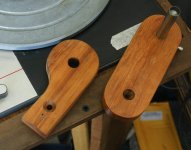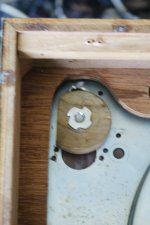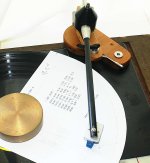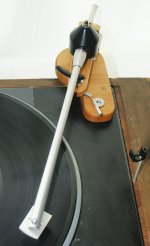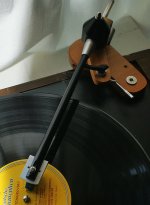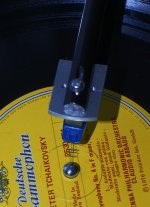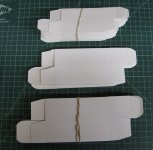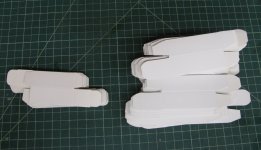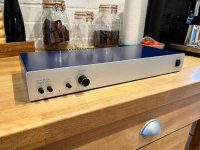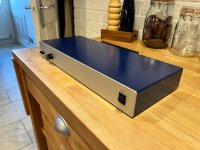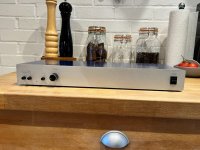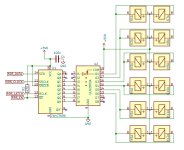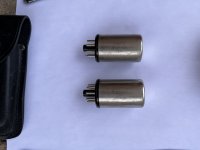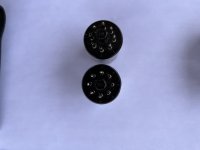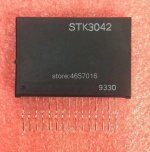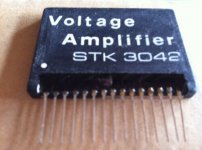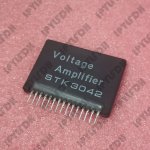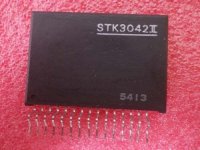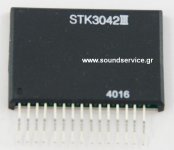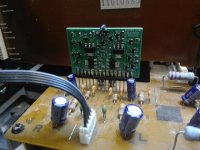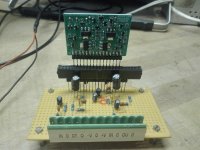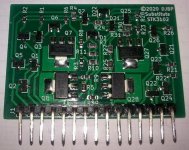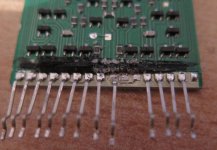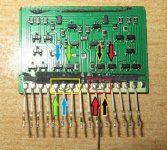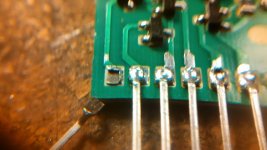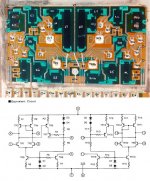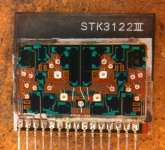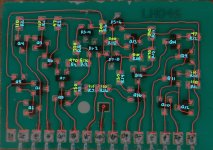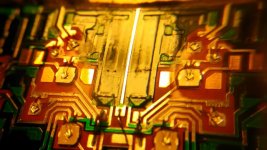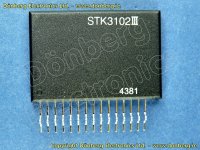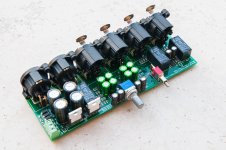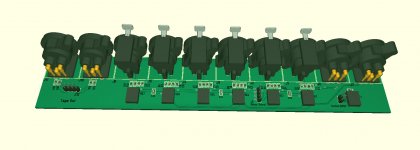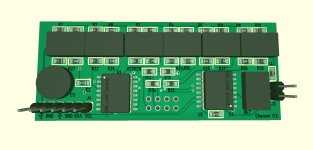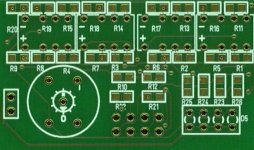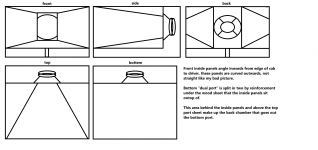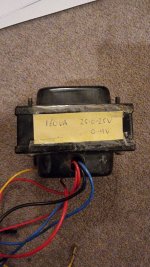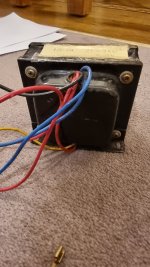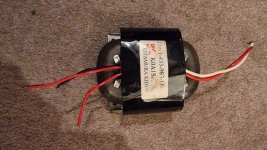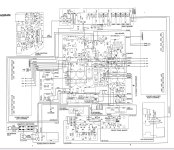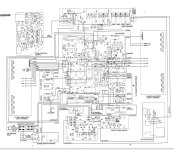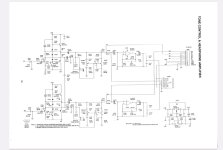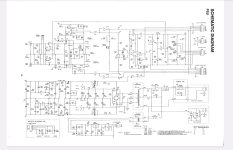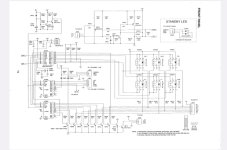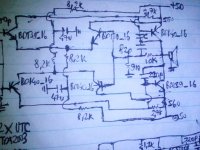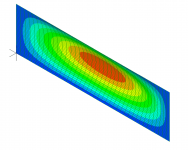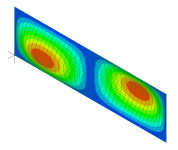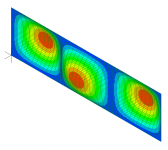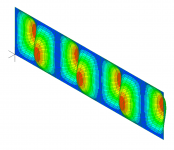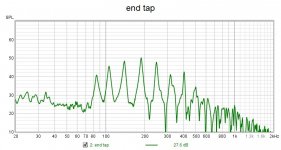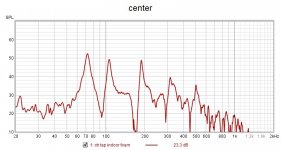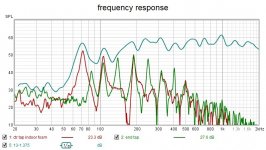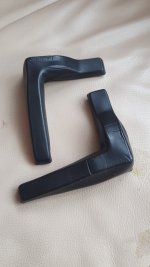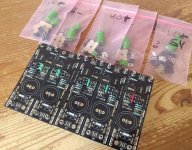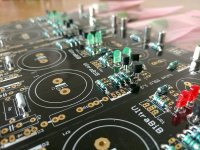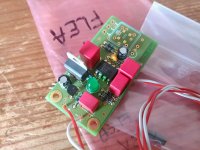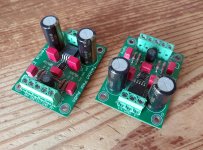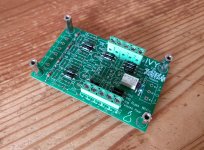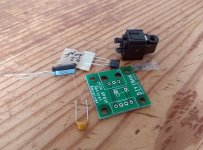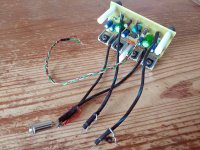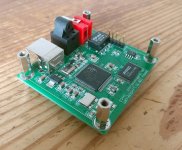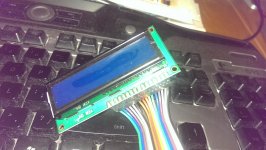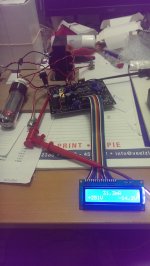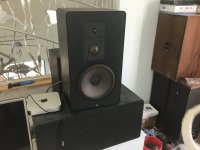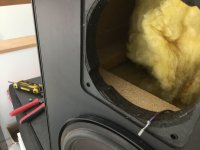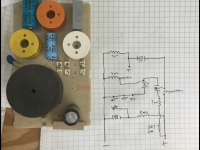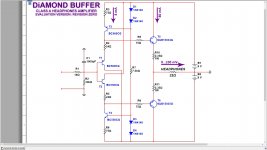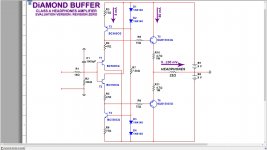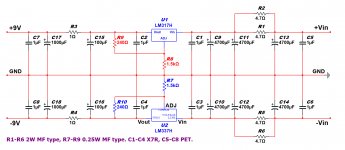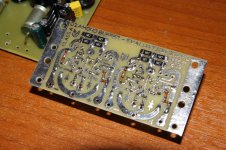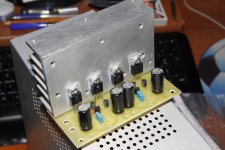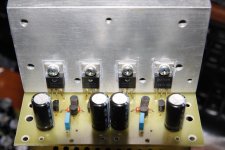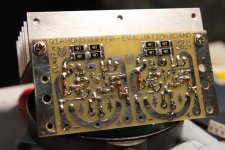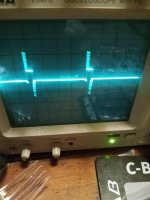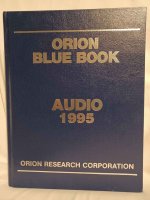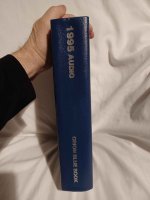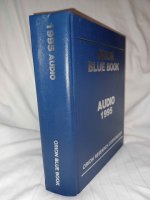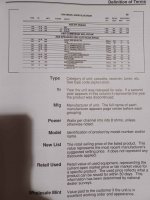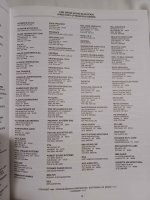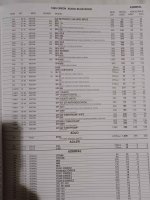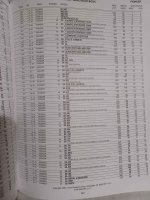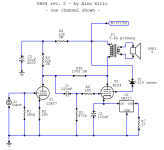Universal Arm Base that allows 9.5 to 12.5'' tonearm to be fitted to any deck (that I know of, anyway)
- By DNic
- Analogue Source
- 0 Replies
Hi, I had written earlier about using an arm base I had developed to show members how they could mount a 10.5 to 12'5'' tonearm on any turntable. I use it on my Lenco plinth.
With this adaptor plate you can mount the arm & align it with any of the 3 standard alignment template, But it also allows the user to try out the Under-Hang alignment with ease.
Advantages of Under-Hang
No anti-skating required (or bent stylus because to much anti skating has been applied)
Easy & much quicker set up. No worrying if the cart stylus is within 0.001mm. +/-0.5mm is quite OK.
No Cartridge Off-Set angle to worry about, you just align your Head-Shell straight. I am quite sure that will a cartridge adaptor you can also use 'S' arms & the like.
BASS did I mention the increase in bass output this new alignment pulls out.
No more buying fancy template to set your arm up, not needed.
Downside
Increased tracking distortion on the LP outer track & less so on the inners. However I cannot hear the effects, but of cause others with golden ears my be able too.
Photo 1 shows you the arm plate in two versions, in fact you could really make it any shape.
The smaller chamfered hole is 8 mm dia with the lager one for my arm at 16 mm dis (this hole need to be made the the diameter to suit your tonearm. The recommended distance between the centres is 72mm.
The Arm plate is secured with a M8 counter sunk screw to a retaining plate fitted under your deck. see photo 2
It may be an advantage to make a spacer to fit in the old hole of your T/T plinth the same diameter as already there, with an 8mm dole in the middle.
So to align the arm with the manufactured recommended ''spindle to arm length'' all you do is swivel the plate to the left or right. see photo 3 which shows a 9.5'' arm , the next photo a 10.5'' arm all the way up to 12.5''. In Fact you could do longer just by making the base plate longer.
The really good thing in my opinion about using this system is that it allow the user to also easily set their arm to the Under Hang alignment, which I introduced in a previous thread. See photo 5
As said before the neat thing with this way of mounting your arm, apart from going longer. Is that you can also use it for Under Hang alignment. Please don't knock it until you have heard it.
Photo 6 shows how simple it is to do.
Cheers
With this adaptor plate you can mount the arm & align it with any of the 3 standard alignment template, But it also allows the user to try out the Under-Hang alignment with ease.
Advantages of Under-Hang
No anti-skating required (or bent stylus because to much anti skating has been applied)
Easy & much quicker set up. No worrying if the cart stylus is within 0.001mm. +/-0.5mm is quite OK.
No Cartridge Off-Set angle to worry about, you just align your Head-Shell straight. I am quite sure that will a cartridge adaptor you can also use 'S' arms & the like.
BASS did I mention the increase in bass output this new alignment pulls out.
No more buying fancy template to set your arm up, not needed.
Downside
Increased tracking distortion on the LP outer track & less so on the inners. However I cannot hear the effects, but of cause others with golden ears my be able too.
Photo 1 shows you the arm plate in two versions, in fact you could really make it any shape.
The smaller chamfered hole is 8 mm dia with the lager one for my arm at 16 mm dis (this hole need to be made the the diameter to suit your tonearm. The recommended distance between the centres is 72mm.
The Arm plate is secured with a M8 counter sunk screw to a retaining plate fitted under your deck. see photo 2
It may be an advantage to make a spacer to fit in the old hole of your T/T plinth the same diameter as already there, with an 8mm dole in the middle.
So to align the arm with the manufactured recommended ''spindle to arm length'' all you do is swivel the plate to the left or right. see photo 3 which shows a 9.5'' arm , the next photo a 10.5'' arm all the way up to 12.5''. In Fact you could do longer just by making the base plate longer.
The really good thing in my opinion about using this system is that it allow the user to also easily set their arm to the Under Hang alignment, which I introduced in a previous thread. See photo 5
As said before the neat thing with this way of mounting your arm, apart from going longer. Is that you can also use it for Under Hang alignment. Please don't knock it until you have heard it.
Photo 6 shows how simple it is to do.
Cheers
